Decorating your space on a budget can feel overwhelming, especially when faced with endless options and limited resources. However, with the right strategy, you can create a stylish and inviting home without overspending. Whether you’re working with a small budget or simply aiming to refresh your current decor, this guide offers practical tips and insights to help you achieve a polished look. From understanding the rule of 3 in decorating to learning how to shop smart for affordable finds, this article explores budget-friendly strategies that make it easy to transform your space into a haven. Discover how to prioritize your decor budget, utilize DIY projects, and mix high-end and low-cost pieces for a balanced aesthetic. With the right approach, decorating on a budget is not only achievable but also incredibly rewarding. Let’s dive into the world of budget decor and unlock the potential of your home.
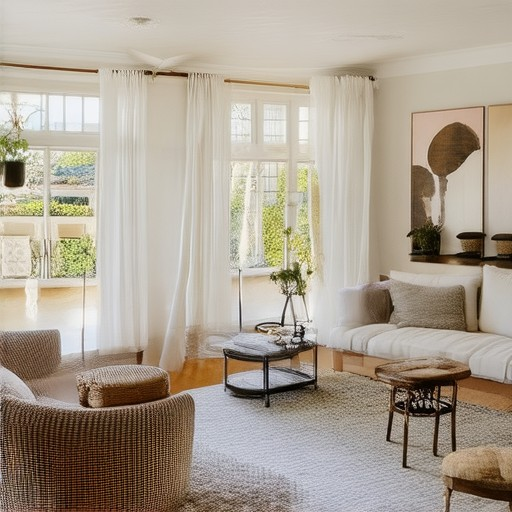
The Rule of 3 in Decorating
The Rule of 3 is a simple yet effective design principle that can significantly enhance the aesthetic appeal of your space. This rule suggests that groups of three objects or elements tend to create a sense of balance and harmony, making interiors feel more cohesive and visually pleasing.
Here’s how you can apply the Rule of 3 in decorating:
- Color Schemes: Use three complementary colors in your color palette. For example, a combination of soft blues, warm grays, and a pop of yellow can create a vibrant yet balanced look.
- Furniture Arrangement: Group three pieces together, such as a sofa, coffee table, and side chair, to create a cohesive seating area. This arrangement feels natural and inviting.
- Art and Decor: Display three artwork pieces or decorative items arranged in a symmetrical fashion. This can add visual interest without overwhelming the space.
- Lighting Fixtures: Use three lighting elements, like a chandelier, wall sconces, and a floor lamp, to ensure even illumination and create a layered lighting effect.
To maximize the Rule of 3’s benefits, consider these tips:
- Balance Symmetry and Asymmetry: Pair symmetric elements with asymmetric ones to create contrast while maintaining harmony.
- Use Repetition Thoughtfully: Incorporate three similar elements, like three identical vases or three matching curtains, to create a unified look without being monotonous.
- Embrace Proportion: Ensure that the size of your elements aligns with the room’s scale to avoid visual imbalance.
By thoughtfully applying the Rule of 3, you can transform your space into a more balanced and aesthetically pleasing environment. Experiment with different combinations and let your creativity guide you in finding the perfect harmony for your home.
Budgeting for Decor: A Comprehensive Guide
When planning your decor budget, it’s essential to approach the process thoughtfully to achieve the desired aesthetic without overspending. Here’s a step-by-step guide to help you manage your decor budget effectively:
- Assess Your Space and Needs
- Measure the dimensions of your room to determine the scale of your decor project.
- Identify focal points such as windows, doors, and existing furniture to guide your purchasing decisions.
- Set Your Priorities
- Decide whether you’re aiming for a cohesive look or a mix of styles.
- Focus on functional pieces like seating and lighting before adding decorative elements.
- Select a Decor Style
- Choose a style that aligns with your home’s architecture and personality (e.g., modern, traditional, bohemian).
- Research sample pieces or look for inspiration online to set your style direction.
- Allocate Funds Wisely
- Plan for 10-15% of your budget for statement pieces like a sofa or dining table.
- Allocate 30-40% for soft furnishings such as curtains, pillows, and blankets.
- Set aside 20-25% for smaller decor items like lamps, artwork, and plants.
- Shop Smartly
- Explore cost-effective options like thrift stores, flea markets, and antique shops.
- Consider DIY projects for custom pieces to reduce costs.
- Use platforms like Etsy or local artisan markets for unique, affordable finds.
- Hire Professionals When Necessary
- If you’re unsure about installation, hire a professional decorator or handyman.
- Research local interior designers through recommendations or online reviews.
- Review and Adjust
- Compare quotes from multiple retailers or service providers to find the best deals.
- Stay within your budget by prioritizing essential items and scaling back on non-essential purchases.
Remember to incorporate Orange Donkey ’s tips for maintaining a balanced and functional decor scheme. By following these guidelines, you’ll create a space that reflects your personal style while staying within your budget.
For more inspiration, explore our color schemes guide to pair your decor choices effectively.
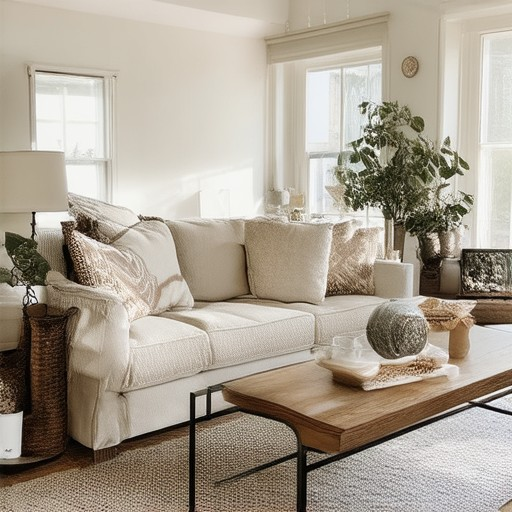
What is the 60/40 Rule in Interior Design?
The 60/40 rule in interior design refers to a guideline that suggests balancing the amount of furniture and empty space in a room. According to this principle, approximately 60% of the room’s area should be occupied by furniture, while the remaining 40% should remain empty or available for movement and accessibility.
This ratio aims to create a harmonious and functional living space. By ensuring that 60% of the room feels lived-in and comfortable, while leaving enough space to move around freely, the 60/40 rule helps achieve a sense of openness and balance.
- 60% Furniture: This includes seating, tables, and other essential pieces that contribute to the room’s functionality and aesthetic appeal.
- 40% Empty Space: This portion allows for comfortable movement, creates visual interest, and prevents the room from feeling cramped or cluttered.
The 60/40 rule is particularly useful for smaller rooms, where maximizing usable space is essential. By adhering to this ratio, you can ensure that your room feels neither too crowded nor too sparse.
For example, in a living room, you might allocate 60% of the area to seating and a coffee table, leaving 40% for pathways and decorative elements. This approach ensures that the room is both functional and visually appealing.
When applying the 60/40 rule, consider the size of your room and the activities you plan to perform there. Adjustments may be necessary based on specific needs and design preferences.

How Can I Decorate My House on a Low Budget?
Decorating your house on a low budget doesn’t mean compromising on style. With a little creativity and resourcefulness, you can transform your space into a beautiful and cozy haven. Here are some practical and affordable ideas to get started:
Living Areas
- Throw Pillows and Rugs: Add texture and warmth to your couch or chair with colorful throw pillows. Consider a patterned rug to ground your space and make it feel more inviting.
- Wall Art: Enhance your decor with affordable canvas prints or framed photos. Look for local artists or online marketplaces for unique pieces that fit your style.
- Kitchen Updates: Introduce subtle changes like new curtains, a colorful backsplash, or lighting fixtures. These can refresh the space without major renovations.
- Bathroom Refresh: Update with a stylish shower curtain, matching towels, or a new bath mat. Check out stores like Target or Amazon for budget-friendly options.
Bedrooms
- Bedding Sets: Invest in a cozy duvet cover or sheet set for an instant upgrade. Many retailers offer affordable options that add comfort and style.
- Organizational Hacks: Use decorative trays and baskets to keep your nightstands tidy. Decluttering can reveal the true potential of your space.
- Lighting Fixes: Replace harsh overhead lights with softer LED bulbs or add string lights for a warm, inviting ambiance.
Outdoor Spaces
- Front Porch: Create a welcoming entrance with potted plants, seasonal decorations, or a cozy bench. Consider DIY planters made from recycled materials.
- Outdoor Rug: Refresh your porch or deck with a quick flip or clean. If needed, replace it with a budget-friendly option from a store like Home Depot.
DIY Projects
- Wall Art: Create your own decor using old furniture or cardboard cutouts. Paint and distress pieces to achieve a shabby chic look.
- Furniture Makeovers: Transform old pieces with a fresh coat of paint or wallpaper. Check local thrift stores for hidden gems that can be revamped.
Seasonal Touches
- Seasonal Decor: Add affordable seasonal items like pumpkins or cornstalks for fall, or switch curtains to match the season. Use local markets or flea sales for budget-friendly finds.
- Colorful Curtains: Change up your window treatments with sheer curtains or bold patterns to reflect your personal style.
Thrifting and Local Finds
- Second-Hand Stores: Explore local thrift shops for unique decor pieces that can add character to your home. Support local businesses while discovering hidden treasures.
- Local Markets: Attend neighborhood markets or fairs for affordable decor options and unique handmade goods.
Personal Touches
- Family Photos: Frame your favorite memories or create a collage to personalize your space. These pieces add warmth and meaning to your decor.
- Color Schemes: Use neutral tones with a pop of color through throw blankets or accent chairs to refresh your space without major changes.
By combining these ideas, you can create a stylish and inviting home without spending a fortune. Focus on functionality, aesthetics, and personal touches to make your space truly yours.
What Makes a House Look Cheap?
A house can look cheaper due to several factors, both in terms of exterior and interior presentation. Here are the key aspects:
- Exterior Maintenance :
- Peeling Paint : Fading or chipping paint on walls, siding, or trim can indicate neglect.
- Missing or Damaged Shingles : Roofing issues like missing shingles or uneven surfaces can detract from the house’s appearance.
- Overgrown Landscaping : Untrimmed trees, bushes, or grass can make the house look unkempt and less valuable.
- Poor Roofing Condition :
- A sagging or uneven roof can signal structural problems, making the house look less well-built.
- Window Condition :
- Dirty or cracked windows can make the house seem older and less maintained.
- Garden Neglect :
- Dead plants, brown grass, or an overgrown yard can give the impression of neglect.
- Interior Clutter and Layout :
- Cluttered spaces and poorly arranged furniture can make rooms feel cramped and less inviting.
- Lighting Fixtures :
- Outdated or dirty lighting fixtures can make the house look less polished.
- Curb Appeal :
- An uninviting entrance, such as a cluttered porch or a plain mailbox, can detract from the house’s appearance.
- Paint Choice :
- Dark or muted colors on the exterior can make the house look smaller, while vibrant or neutral tones can enhance its appeal.
- Garage Appearance :
- A cluttered or disorganized garage can make the house look less maintained.
- Neighborhood Context :
- Houses in neighborhoods with poor upkeep may look cheaper compared to those in well-maintained areas.
By addressing these factors, a house can appear more expensive and well-cared-for, thereby increasing its perceived value.
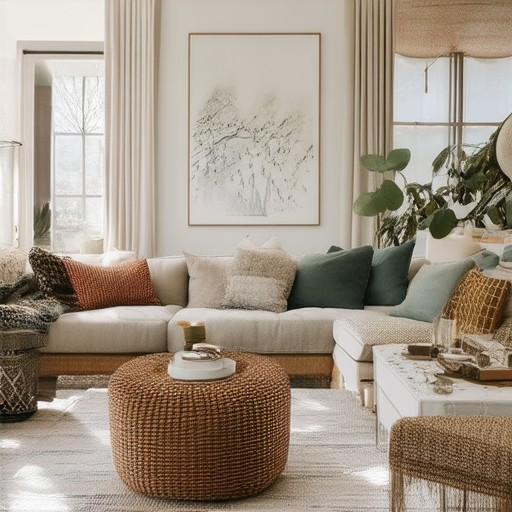
What is a reasonable budget for interior design?
The budget for interior design varies based on several factors:
- Space Size: Small apartments or studios typically cost ₹1.5 lakh to ₹3 lakh. Larger homes or villas may require ₹5 lakh to ₹12 lakh.
- Project Scope: Partial remodeling (e.g., painting, flooring, and some furniture) usually costs ₹50,000 to ₹1.5 lakh. Full remodels, including structural changes, can range from ₹3 lakh to ₹8 lakh.
- Designer Fees: Designer fees range from ₹500 to ₹1,000 per hour, depending on the complexity and duration of the project.
- Lifestyle Choices: High-end luxury projects with premium materials (marble, custom woodwork, etc.) can exceed ₹10 lakh. Mid-range designs with standard materials typically cost between ₹5 lakh and ₹10 lakh.
- Location: Urban areas like Bangalore often have higher costs due to construction expenses and demand, whereas smaller towns may offer more affordable options.
For precise estimates, consult local interior designers who can tailor the budget based on your specific needs and preferences. Always plan for a contingency fund of 10-15% to account for unforeseen expenses.

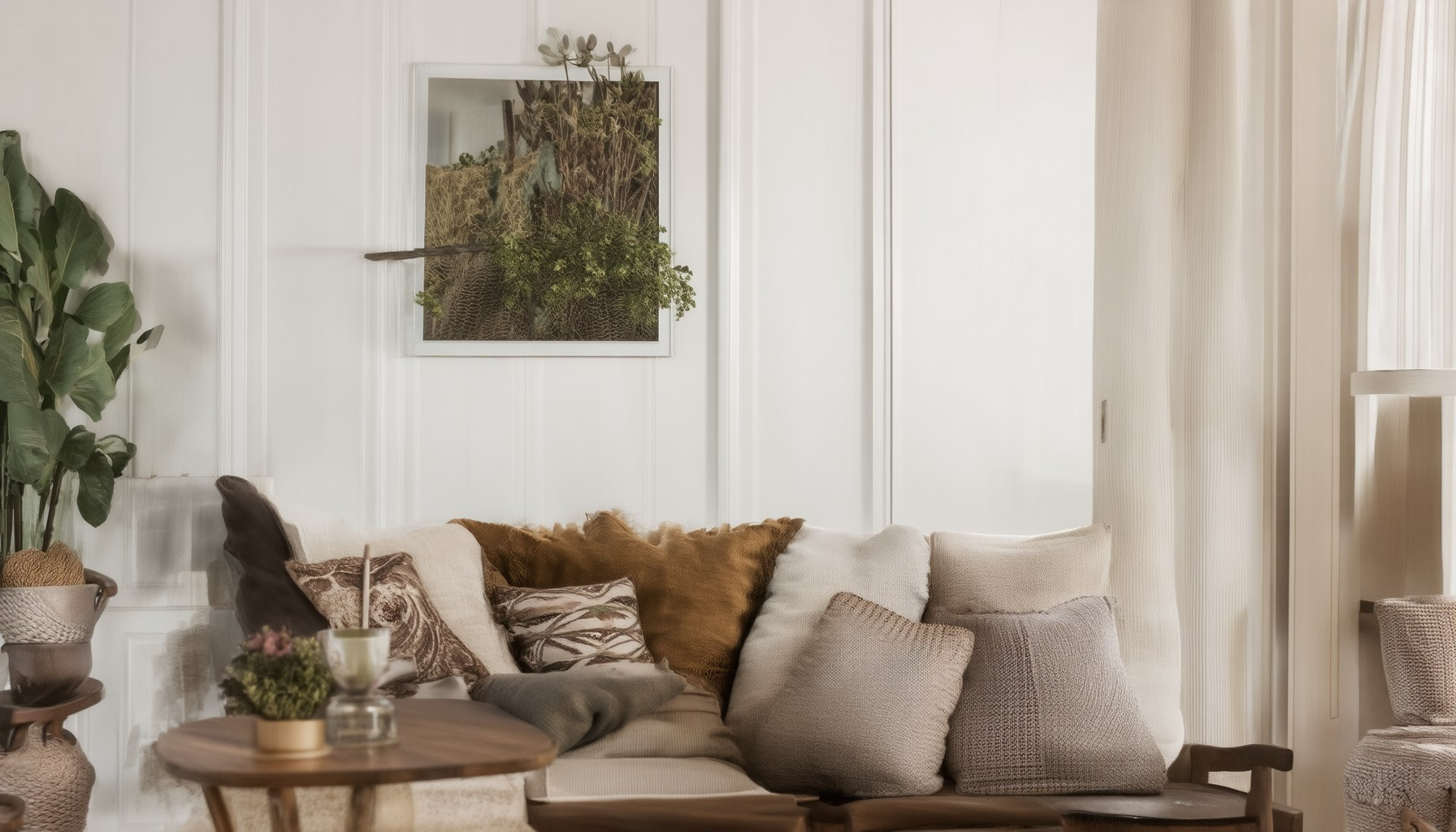

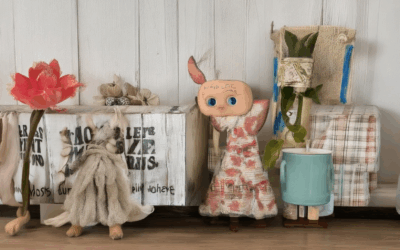
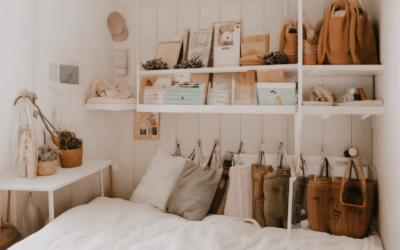
0 Comments